My practice moves across textiles, drawings, and photographs, all of which gesture towards the rhythm of time or nature as it is intuitively lived and felt.
Born: Fujian, China
Now: Guangdong, China
@xiaoyi_lin_
Critical Review
Xiaoyi Lin’s work reveals an intimate dialogue between nature, memory, and material. Her mixed-media practice—fluidly moving between textiles, drawings, and photography—translates ephemeral experiences into tactile forms. By incorporating organic elements like Thames river water, Lin invites nature to become both subject and collaborator. Her art does not merely depict the passage of time; it absorbs and reflects it, allowing surface and substance to quietly narrate stories of weather, light, and decay. With a poetic sensitivity to texture and impermanence, Lin is shaping a contemplative voice within contemporary ecological and sensory art.
Anna Ponomarenko, Editor
INTERVIEW
You’ve studied and exhibited in China, Japan, and the UK. How have these different cultural and artistic environments influenced your approach to mixed media art?
In China and Japan, I learned to work with traditional painting materials—watercolor, oil, and tempera. And then experimented with how they could intersect. Studying painting taught me to read light, shadow, and surface more subtly, and those experiences still influence the way I approach ideas of time and ephemerality in my work. When I studied in the UK, the emphasis on critical thinking deepened my relationship with materials. I visited historical sites and was interested in textures weathered by time. Those surfaces and palettes inspire my visual language. Because of these experiences, I see mixed media not just as a technical choice, but as a way to create a conversation between time and perception.
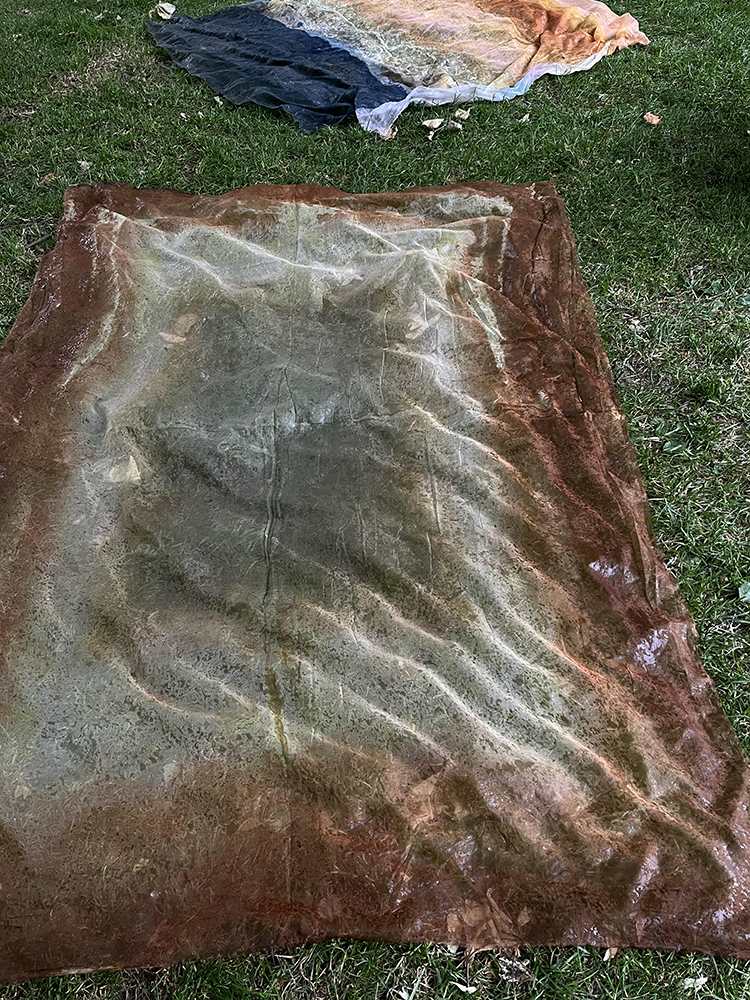
Your work often explores the intangible through materials like textiles, drawings, and photography. What draws you to these mediums, and how do they help you express ephemeral concepts such as time or memory?
Textiles, drawing, and photography each carry their own sense of duration. A photograph can capture more than an instant, it can record the unfolding of light. I experimented with light-sensitive emulsions, such as silver halides and cyanotype, combining these chemical processes with textiles. These materials are inherently temporal, and I see parallels between dyeing and darkroom development. That tactility and randomness feel aligned with the hazy, shifting nature.
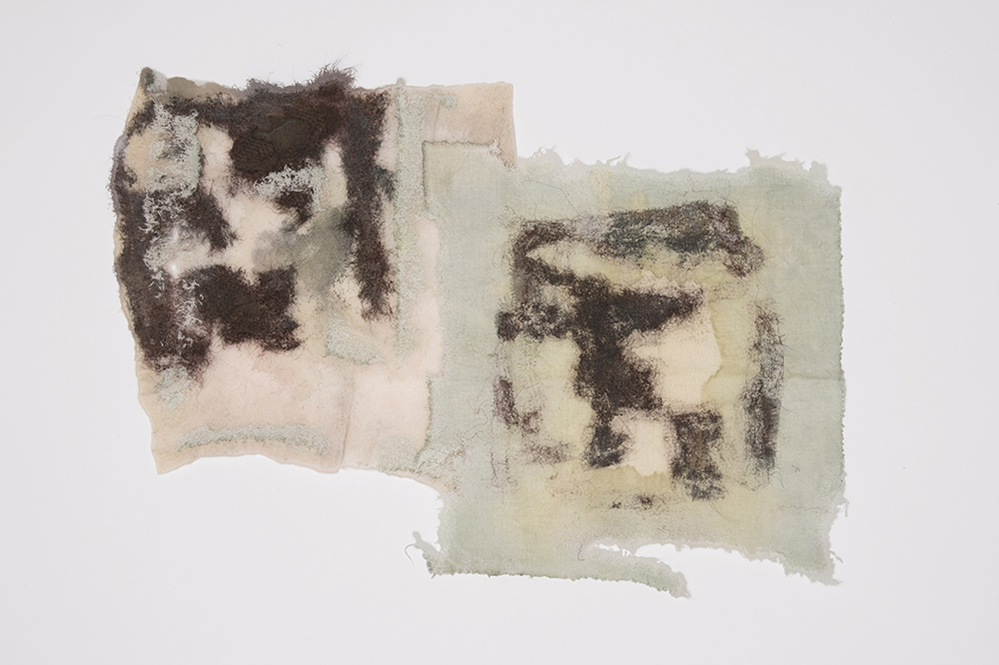
In your recent textile series, you used Thames water in dyeing and cyanotype processes. What inspired you to involve natural elements like river water in your creative process?
Water has always been an important medium in my work. When I lived near the Thames, I often walked along the banks and watched how the river reshaped its surroundings: the erosion of surfaces, rain stains, and shifting reflections. Especially on rainy days, water would blur edges, soften structures, and rewrite surfaces over time. It made me wonder what would happen if my work could carry traces of its environment. Using Thames water in my processes was a way to let the landscape directly interact with the work.
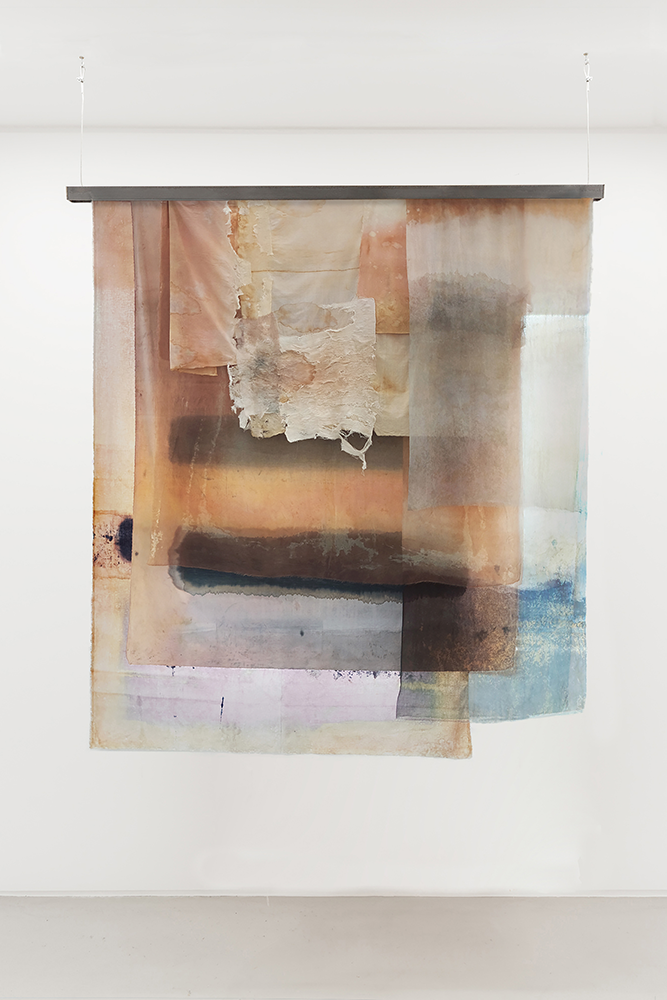
Can you describe the emotional or conceptual journey behind one of your recent works—for example, a piece from your exhibition Veridical or Inbound Carousel?
One piece in Veridical was inspired by the changing colors of the sunset I saw while walking along the Thames. On days when the fog was dense, everything looked like a grainy film still, soft and undefined. By layering different textiles after dyeing and combining them with stitching, I tried to capture that shifting atmosphere of light and color.
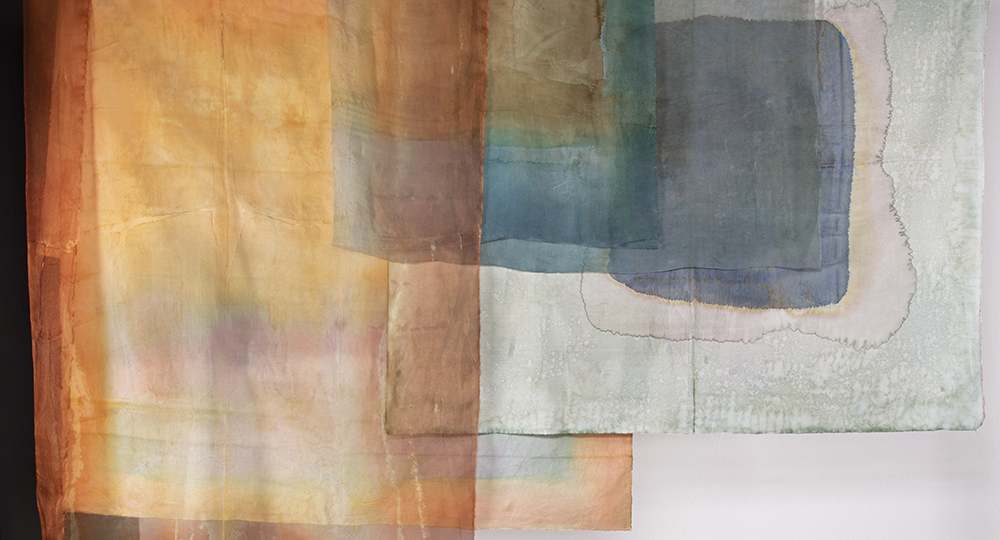
You’ve been featured in various international exhibitions and even in Suboart Magazine. How do you see your work evolving in the near future, and are there new materials or themes you’re eager to explore?
My work will probably continue to revolve around perception and my surrounding environment. I’ve been experimenting more with analog photography and film processes, and I’m interested in the relationship between surface and image: how layering emulsions can create unexpected textures. Those surprises influence my choice of materials and the direction of my practice.
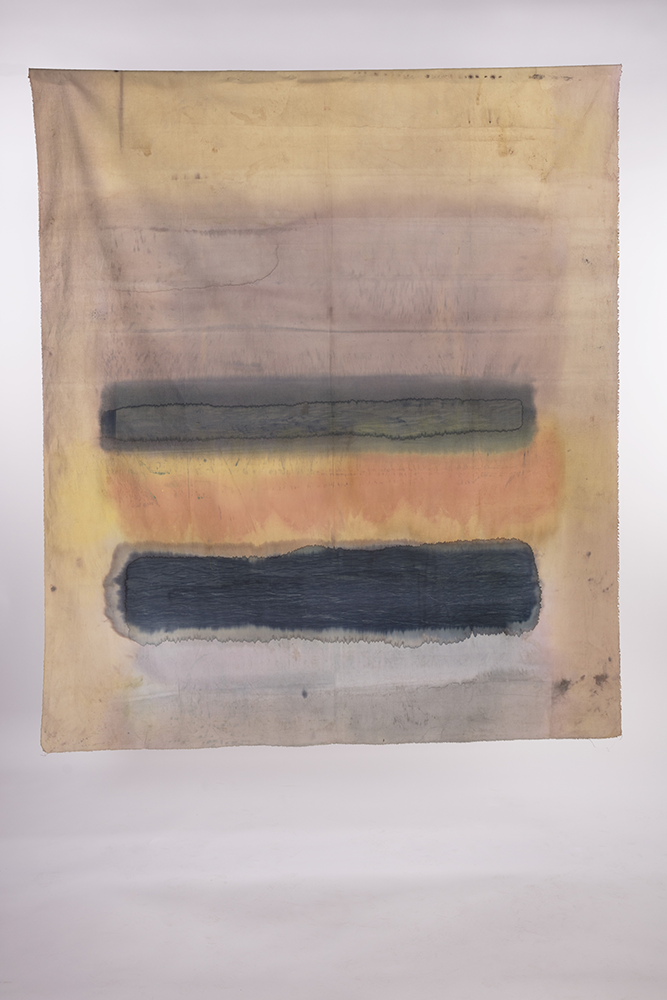
What does your typical creative process look like—from the initial inspiration to the finished piece? Is intuition a driving force for you, or do you follow a more structured approach?
My process is very intuitive at the beginning. I rarely sketch, usually starting with a half-formed idea: a color, a feeling, a texture. Then I move things around, sand, layer, and erase, reflecting on what emerges, like a dialogue between me and the material.
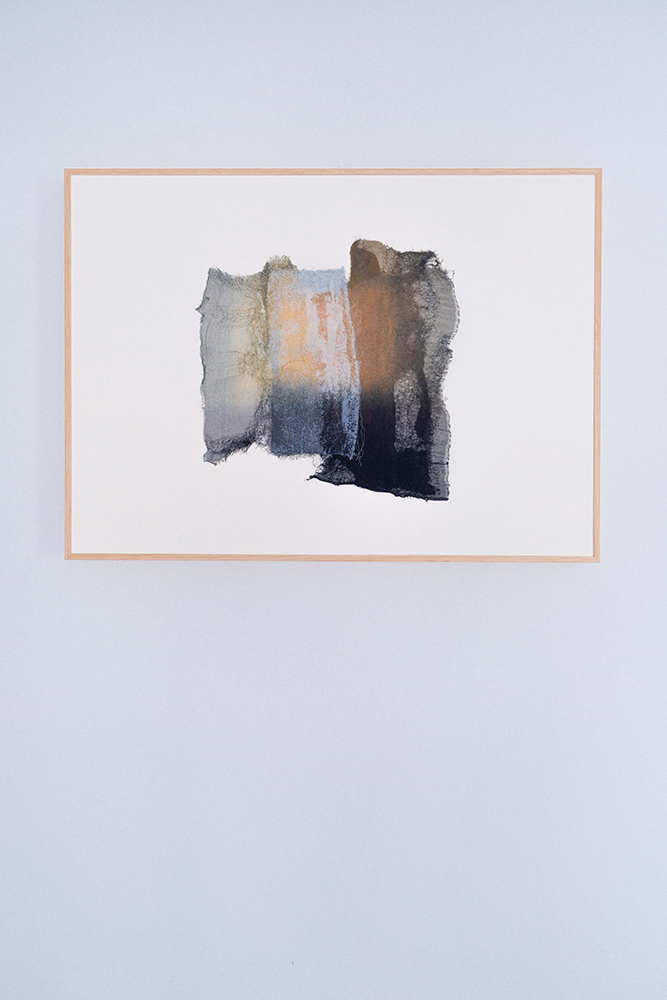
What advice would you give to emerging artists who want to explore multidisciplinary or nature-based practices but don’t know where to start?
Perhaps try spending some time in nature – observing, documenting, and noticing how things shift over days or seasons.
Then feel free to experiment in whatever way feels right.